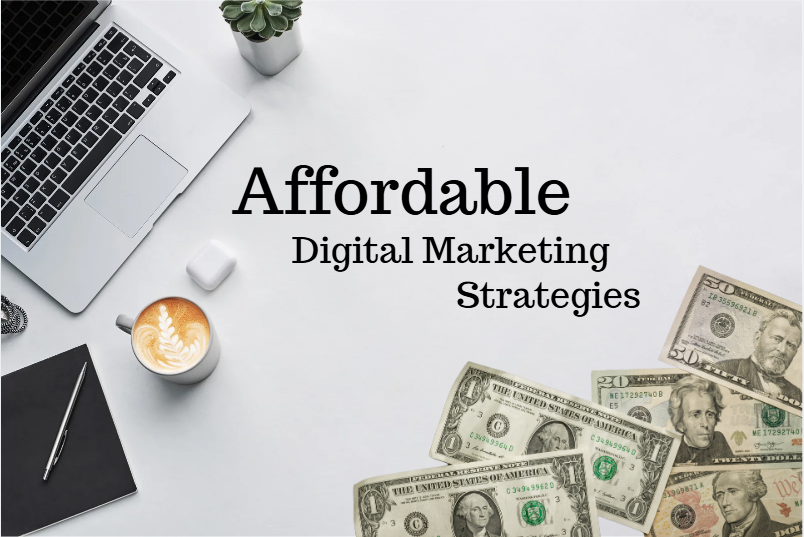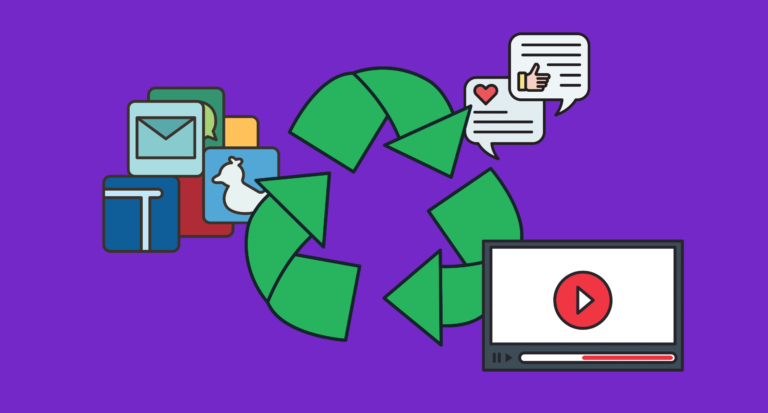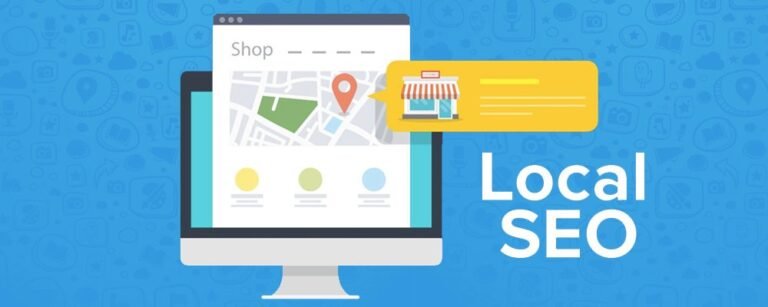Affordable Digital Marketing Strategies for Small Businesses in 2025
As small businesses move into 2025, finding affordable yet effective ways to market their products and services is more critical than ever. Rising ad costs and increasing competition make it essential to focus on low-cost digital marketing strategies that deliver results without exhausting your budget.
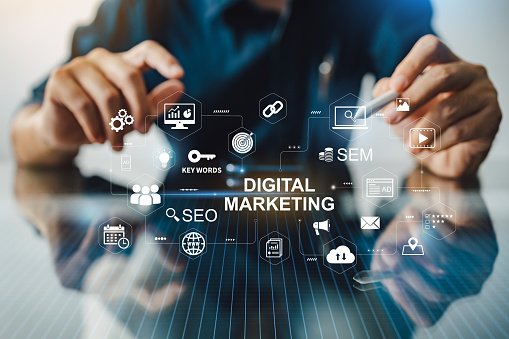
This guide explores affordable digital marketing strategies tailored to help small businesses thrive in 2025.
1. Build a Professional Yet Budget-Friendly Website
In 2025, having a professional website is non-negotiable, but it doesn’t need to break the bank. Using cost-effective platforms like Wix, WordPress, or Shopify, small businesses can create sleek, mobile-optimized websites with minimal cost.
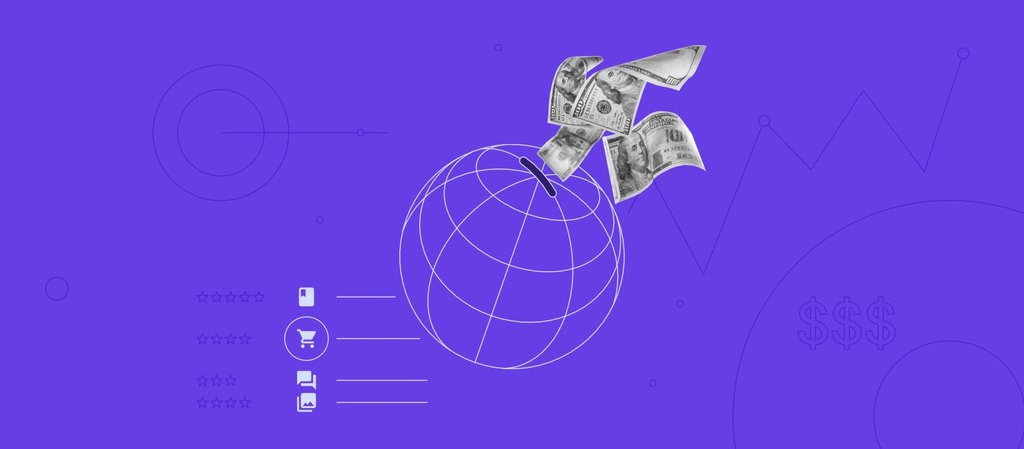
Key Actions:
- Mobile Optimization: Ensure your website is mobile-friendly. Mobile users will continue to makup a large percentage of web traffic, and search engines prioritize mobile-optimized websites.
- SEO Optimization: Use tools like Yoast SEO to optimize pages for keywords like “affordable marketing strategies for small businesses” and “best digital marketing tactics 2025” to improve search rankings.
- Fast Loading Speeds: Compress images and use efficient hosting services to improve page load times, which impacts both user experience and SEO.
Action Step: Choose a budget-friendly website builder and implement SEO best practices with targeted keywords to enhance your site’s visibility.
2. Leverage Local SEO to Capture Nearby Customers
Local SEO remains one of the most cost-effective digital marketing strategies for small businesses, particularly those serving local customers. Optimizing for local searches ensures your business appears when potential customers search for services in your area.

Steps to Improve Local SEO:
- Claim and Optimize Your Google My Business (GMB) Listing: A well-maintained GMB profile is crucial for local SEO. Include your business name, address, and phone number (NAP) consistently across all platforms .
- Local Keyword Targeting: Use long-tail keywords such as “best budget-friendly plumber in [city]” or “affordable restaurant near me” to attract local searchers.
- Get Customer Reviews: Positive reviews are key for boosting your GMB ranking. Request reviews from satisfied customers and respond to them promptly.
Action Step: Ensure your GMB listing is fully optimized with local keywords and encourage customers to leave reviews to boost local search results.
3. Content Marketing: An Affordable Way to Drive Traffic
Content marketing is one of the most affordable yet effective ways to build brand authority, improve SEO, and drive traffic. By consistently creating valuable content, small businesses can position themselves as industry leaders while improving search rankings.
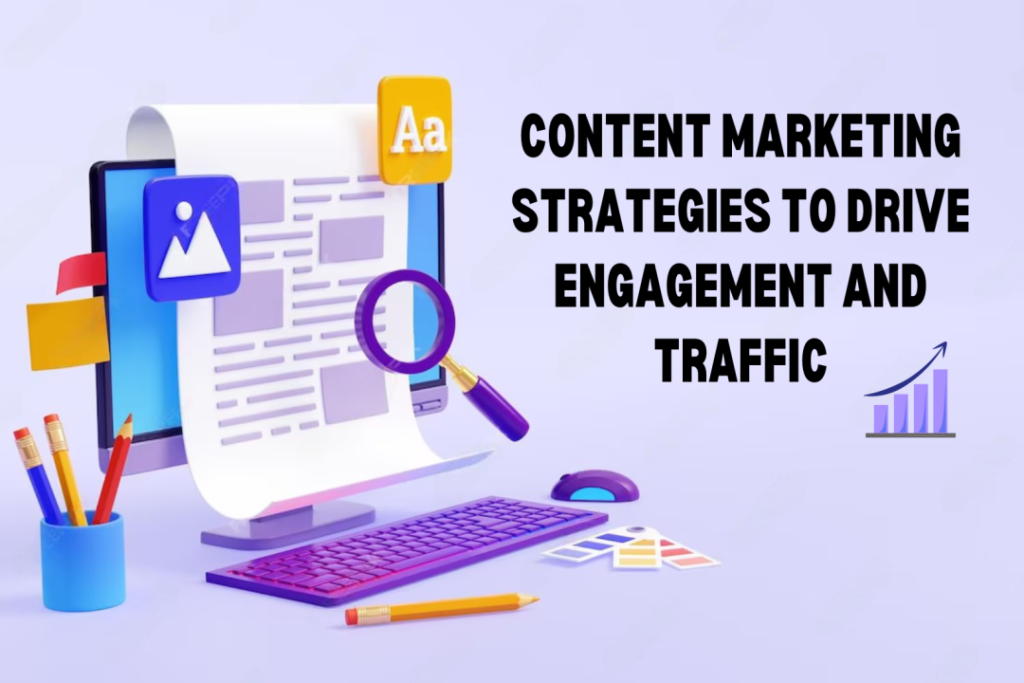
Cost-Effective Content Strategies:
- Blogging: Regularly publish blog posts on topics that matter to your audience. Focus on low-cost marketing tips for small businesses and include “how-to” guides that answer common questions.
- Video Content: Short, informative videos posted on platforms like YouTube and Instagram are free to create and can significantly boost engagement. For example, a video titled “Affordable digital marketing hacks for small business owners” could attract a broad audience.
- User-Generated Content (UGC): Encourage your customers to share their experiences on social media and repost their content. UGC builds trust and requires no additional investment.
Action Step: Use tools like Canva for easy, low-cost content creation, and focus on answering your customers’ most common queries through blogs and videos.
4. Maximize Social Media Marketing with Low-Cost Tactics
Social media remains a powerful tool for small businesses, and it’s relatively cost-effective when approached strategically. Platforms like Instagram, Facebook, and TikTok allow you to reach a broad audience with organic posts and minimal ad spend.

Social Media Tips for Small Businesses:
- Organic Posting: Post consistently to keep your audience engaged. Share behind-the-scenes content, customer stories, and updates. Incorporate hashtags like #smallbizmarketing2025 and #affordablemarketingtips to boost visibility.
- Paid Social Ads: Even with a small budget, Facebook and Instagram ads can reach highly targeted audiences. Start with small daily budgets, testing different ad creatives to see what works best.
- Engage with Your Audience: Respond to comments and messages quickly to build a loyal community and improve brand credibility.
Action Step: Use Hootsuite or Later to schedule posts in advance and maintain a consistent social media presence without spending too much time or money.
5. Email Marketing: High ROI on a Small Budget
Email marketing offers one of the highest returns on investment (ROI) of any digital marketing strategy. With free and low-cost tools like MailChimp and SendinBlue, you can build an email list and engage directly with your audience.
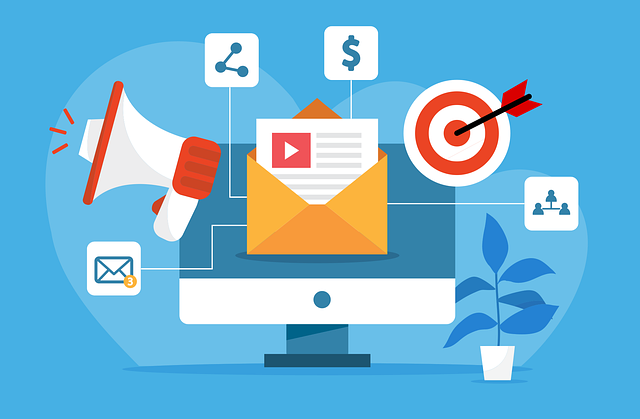
Steps to Implement Email Marketing:
- Grow Your Email List: Offer value-driven incentives like free eBooks, discounts, or exclusive content to encourage sign-ups. Include a call-to-action like “Subscribe for affordable marketing tips”.
- Segment Your Audience: Group your subscribers based on behavior and preferences to send targeted, relevant content.
- Automate Campaigns: Set up automated email sequences for welcome emails, product recommendations, or abandoned cart reminders.
Action Step: Start with a free email marketing tool and focus on building an engaged email list by offering value through personalized content.
6. Utilize Affordable Paid Advertising
While organic traffic is essential, small investments in paid advertising can significantly boost visibility. Platforms like Google Ads and Facebook Ads allow you to set small budgets and target specific audiences, ensuring that even small businesses can see a return on their investment.
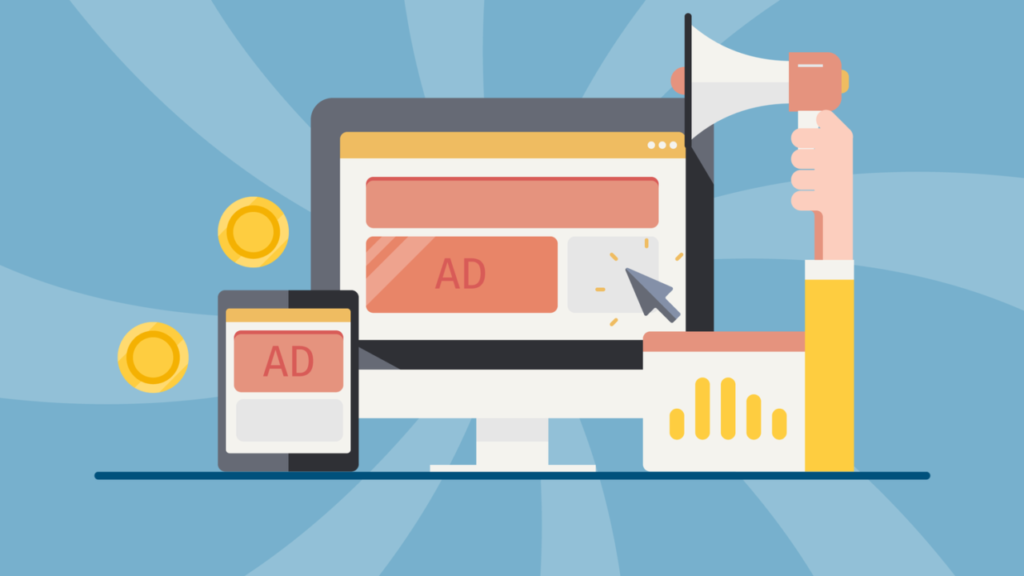
Cost-Effective PPC Strategies:
- Focus on High-Intent Keywords: Use Google’s Keyword Planner to identify affordable keywords with high purchase intent, like “budget-friendly marketing services in [city]” or “best small business CRM tools 2025”.
- Retargeting Ads: Retarget visitors who have already interacted with your website but didn’t convert. Retargeting campaigns on platforms like Facebook are highly effective and often cheaper than targeting new audiences.
- Geo-Targeting: Use geo-targeting to show ads only to users in your service area, reducing wasted ad spend.
Action Step: Start with small, highly targeted campaigns and test different ads to optimize for maximum results.
7. Monitor and Optimize with Free Analytics Tools
Tracking the performance of your digital marketing campaigns is essential for long-term success. Fortunately, there are several free tools available to help small businesses measure what’s working and what needs adjustment.
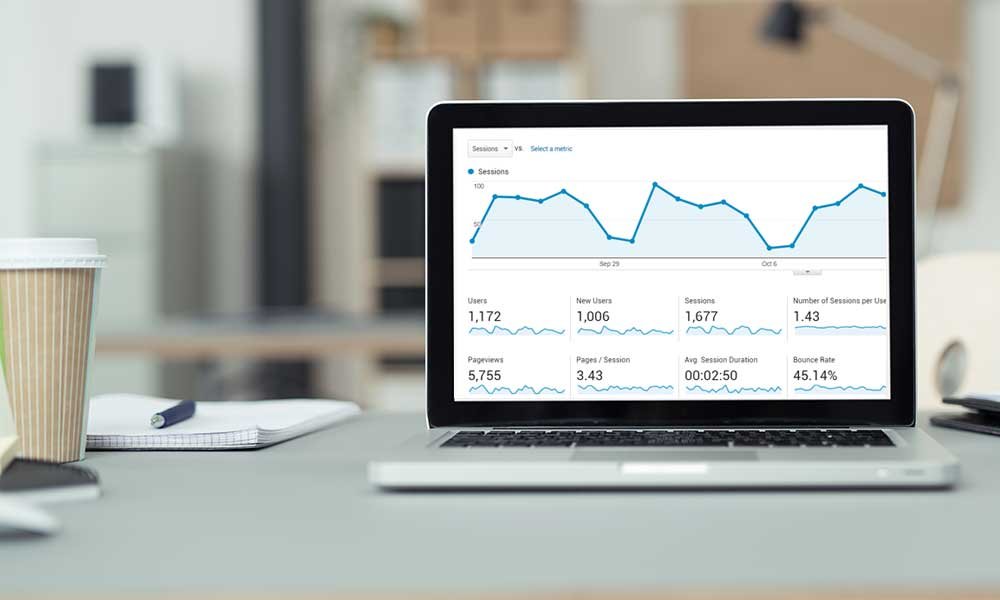
Best Free Analytics Tools:
- Google Analytics: Track website traffic, user behavior, and conversion rates to better understand how visitors engage with your site. Set up conversion goals to measure the effectiveness of your campaigns.
- Google Search Console: Monitor your website’s search performance, including which keywords are driving traffic and how your site ranks for relevant terms.
- Social Media Analytics: Use the built-in analytics tools on Facebook, Instagram, and Twitter to track post engagement, reach, and audience demographics.
Action Step: Set measurable goals for each digital marketing channel and regularly review performance using analytics tools to make data-driven improvements.
Conclusion
In 2025, small businesses can still effectively market their products and services without overspending. By focusing on affordable digital marketing strategies like local SEO, content marketing, and social media, and utilizing cost-effective tools and techniques, your business can build a strong online presence. Combine these strategies with careful monitoring and optimization to ensure continuous improvement and growth in the evolving digital marketing landscape.
With smart planning and the use of free or low-cost digital tools, your small business can maximize its impact while staying within budget.
Frequently Asked Questions (FAQs)
Disclosure: Our blog contains affiliate links to products. We may receive a commission for purchases made through these links. However, this does not impact our reviews and comparisons. We try our best to keep things fair and balanced, in order to help you make the best choice for you.

